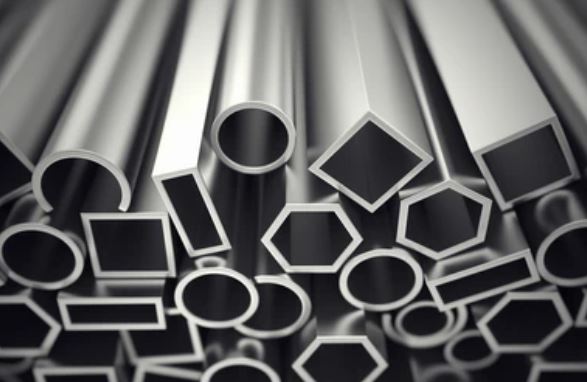Anodizing services in Aerospace: Enhancing Performance and Durability in Extreme Environments
Introduction
Anodizing plays a pivotal role in the aerospace industry, where components are subjected to extreme conditions and stringent performance requirements. This article explores the significance of anodizing in aerospace applications, providing insights into its benefits, challenges, and future trends.
Benefits of Anodizing services in Aerospace
Anodizing offers several key benefits that make it indispensable in aerospace applications. Firstly, it provides enhanced corrosion resistance, protecting critical components from the corrosive effects of moisture, chemicals, and environmental exposure. Additionally, anodized surfaces exhibit improved wear resistance, ensuring longevity and reliability in demanding operational conditions. Moreover, the thermal stability of anodized coatings makes them ideal for withstanding temperature fluctuations experienced during flight and space travel.
Applications of Anodizing in Aerospace
The versatility of aluminium anodizing finds extensive applications across various aerospace components. Aircraft components such as fuselage panels, wing structures, and landing gear benefit from the corrosion protection and durability offered by anodized coatings. Similarly, satellite and spacecraft exteriors rely on anodizing to withstand the harsh conditions of space, including radiation exposure and thermal cycling. Additionally, rocket engine parts undergo anodizing to enhance performance and longevity under extreme temperatures and pressures.

Aluminium profiles anodizing
Challenges and Solutions
Despite its numerous advantages, anodizing in aerospace presents certain challenges, particularly concerning the compatibility with complex shapes and high-performance requirements. However, advancements in technology have led to innovative solutions such as specialized masking techniques and tailored anodizing processes to address these challenges effectively. Additionally, the development of advanced sealing techniques has improved the overall performance and reliability of anodized coatings in aerospace applications.
Innovations in Aerospace Anodizing
In recent years, significant innovations have emerged in the field of aerospace anodizing, aimed at further enhancing performance and durability. Nano-anodizing techniques enable the deposition of ultra-thin anodic layers with enhanced mechanical properties and surface characteristics. Moreover, advanced sealing techniques, such as cold sealing and hybrid sealing processes, offer superior corrosion protection and durability. Furthermore, electrolyte optimization allows for the customization of anodizing processes to meet the specific requirements of aerospace components.
Future Trends
Looking ahead, the future of aerospace anodizing is marked by ongoing research and development efforts focused on integration with additive manufacturing processes. By incorporating anodizing into the manufacturing workflow, aerospace manufacturers can achieve seamless integration of surface treatments with component fabrication, leading to improved performance and efficiency. Additionally, the development of self-healing coatings holds promise for enhancing the durability and longevity of anodized surfaces, particularly in challenging aerospace environments.
Conclusion
In conclusion, anodizing company in dubai plays a critical role in enhancing the performance and durability of aerospace components, ensuring reliability and longevity in extreme environments. From improved corrosion resistance to advanced sealing techniques and innovative nano-anodizing methods, the evolution of aerospace anodizing continues to drive advancements in aerospace technology. As aerospace applications become increasingly demanding, the importance of anodizing in aerospace is set to grow, paving the way for enhanced performance and durability in the skies and beyond.
